Framing the Past "vintage glimpses of Plaka, old town of Athens"
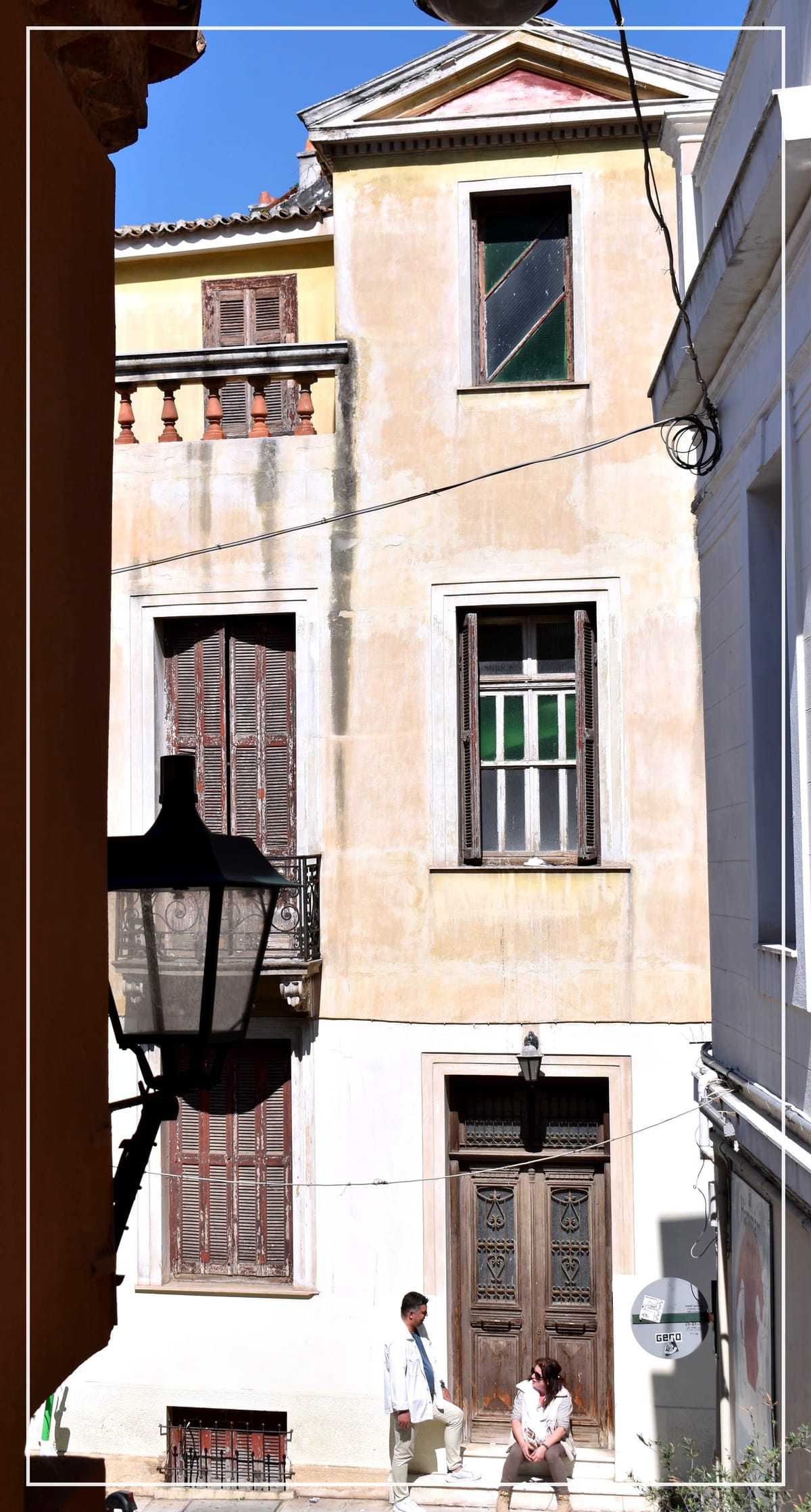
Plaka is more than a destination for me—it's a muse. The soul of my inspiration, the spark behind every frame I capture. A place frozen in time, where every cobblestone and corner whispers stories of the past. It invites me to rewind the world through my lens, embracing the timeless charm of photography from a vintage perspective."
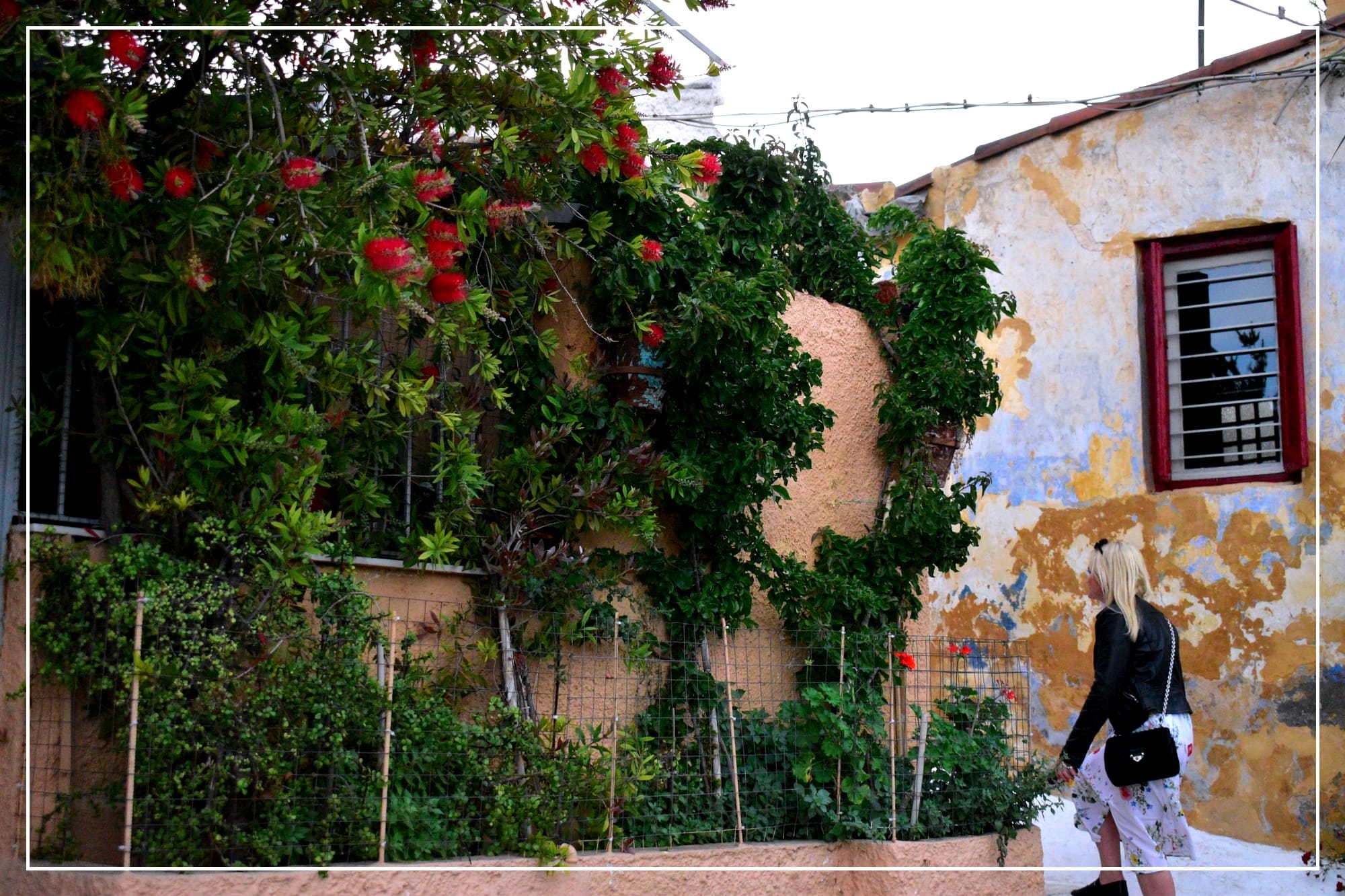
Plaka is the oldest and most enchanting neighborhood in Athens, gracefully sprawled at the foot of the Acropolis Hill. Often referred to as the “Neighborhood of the Gods,” it is a place where history breathes through every stone, and time seems to pause. Its labyrinthine cobbled streets wind through rows of neoclassical mansions, Byzantine churches, and Ottoman-era remnants, each corner whispering stories from centuries past.
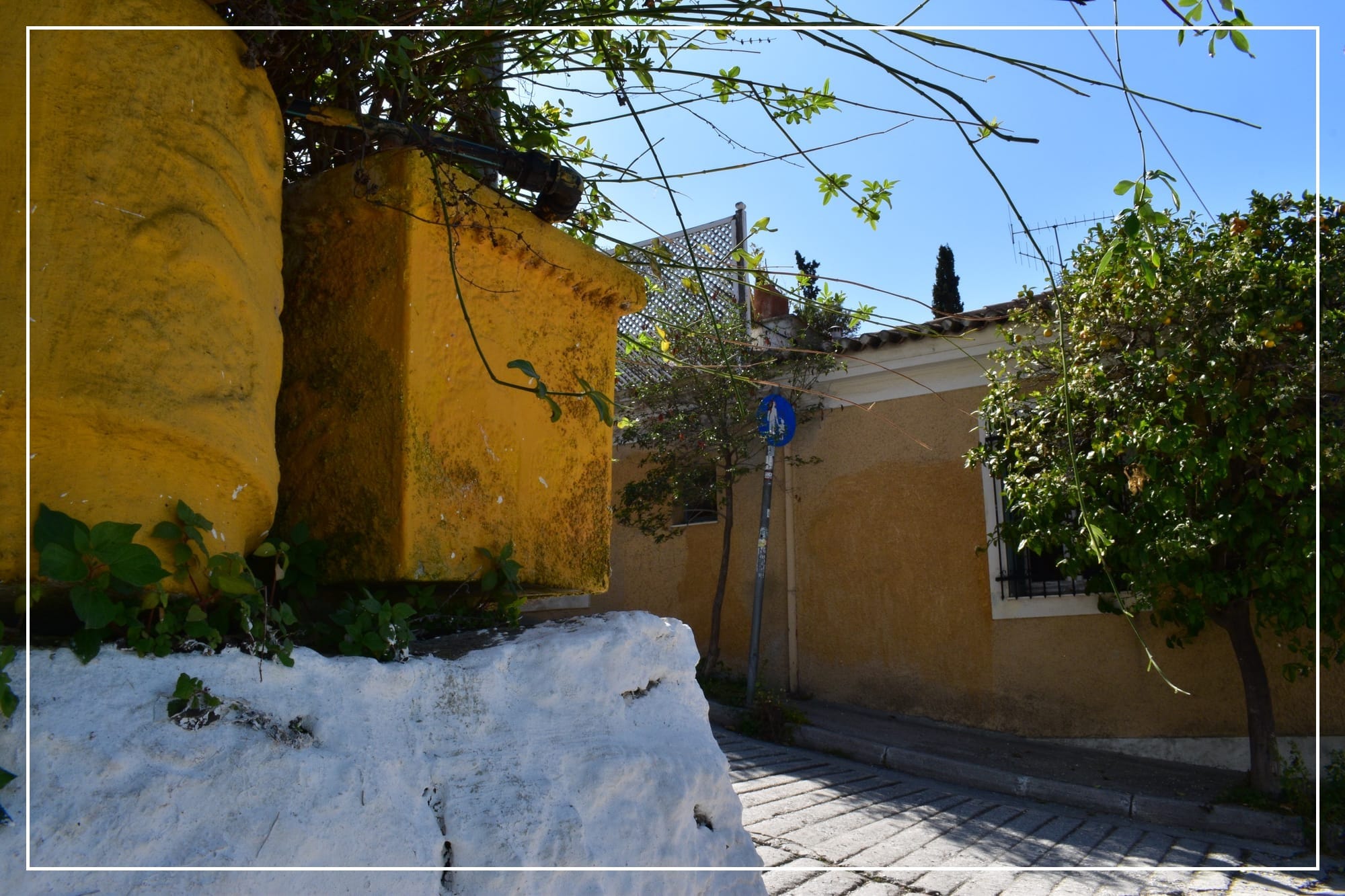
Ancient Athens Beneath Your Feet
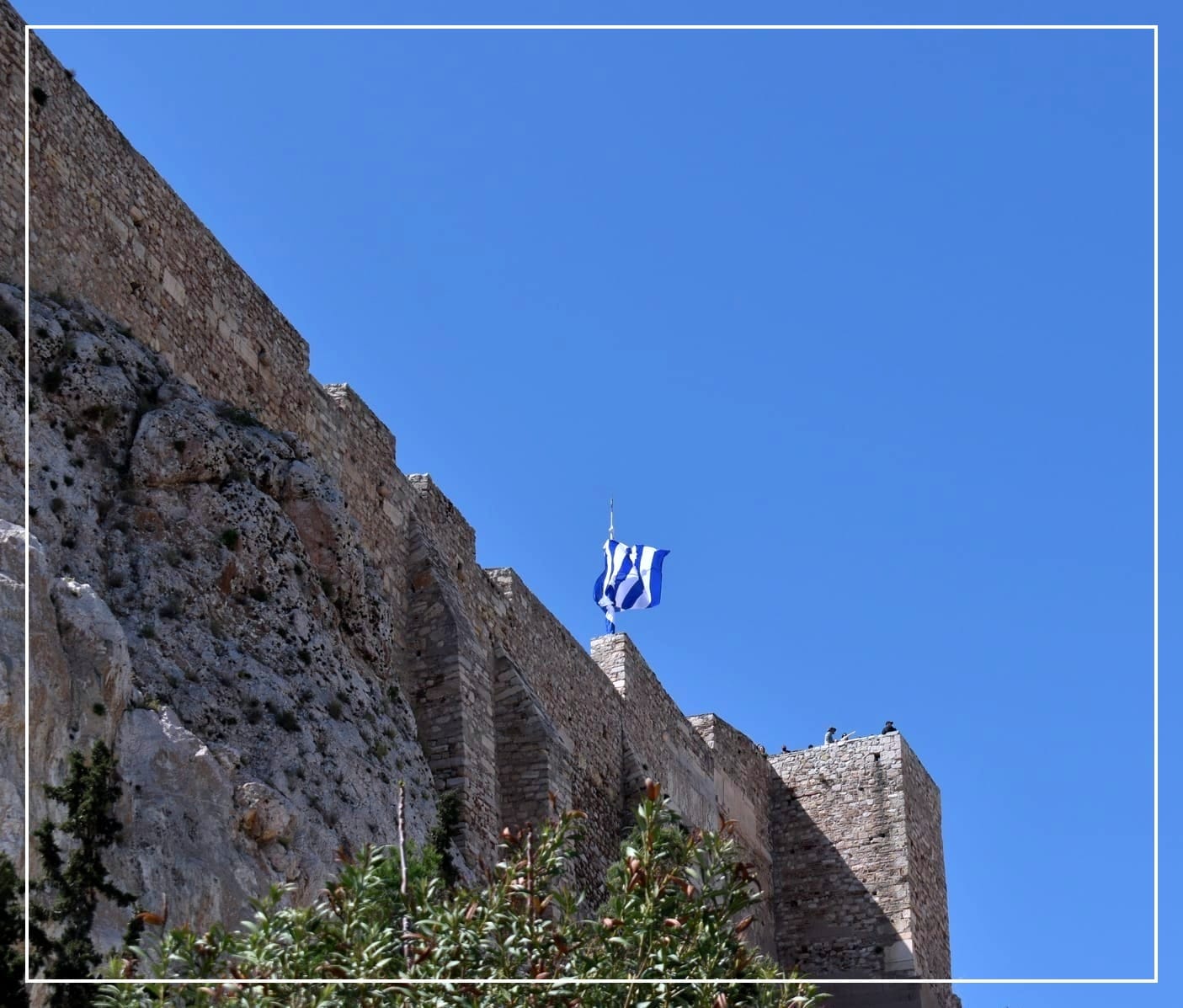
Plaka sits atop the remnants of ancient classical Athens, once part of the vibrant heart of the ancient city. Beneath your camera’s lens lie the echoes of philosophers, artists, and orators who once roamed these grounds. The soft light catching on the marble ruins of the Roman Agora or the shadows playing across the Tower of the Winds bring ancient textures to life. With every shutter click, you're capturing fragments of a world that once shaped civilization itself.
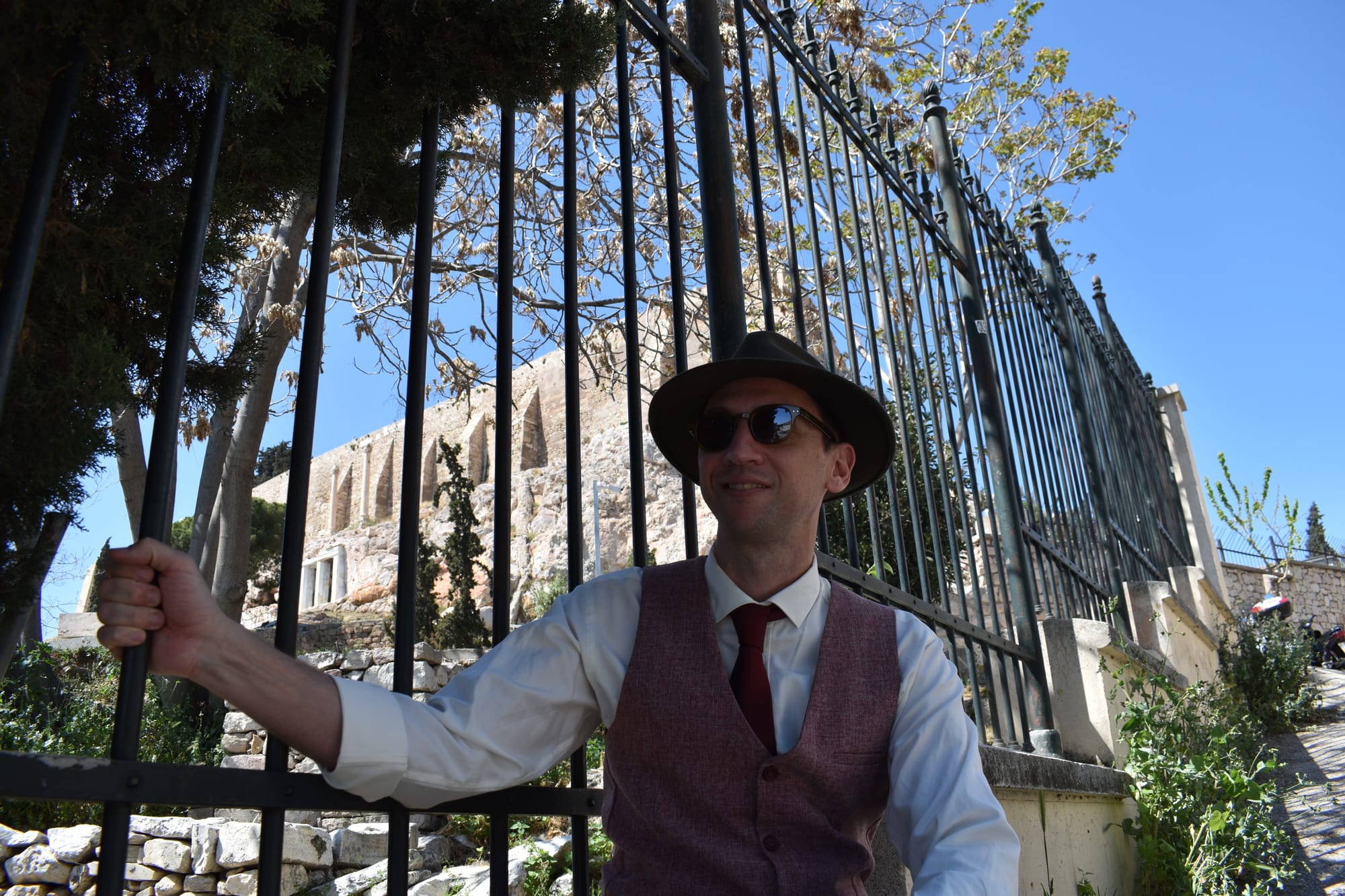
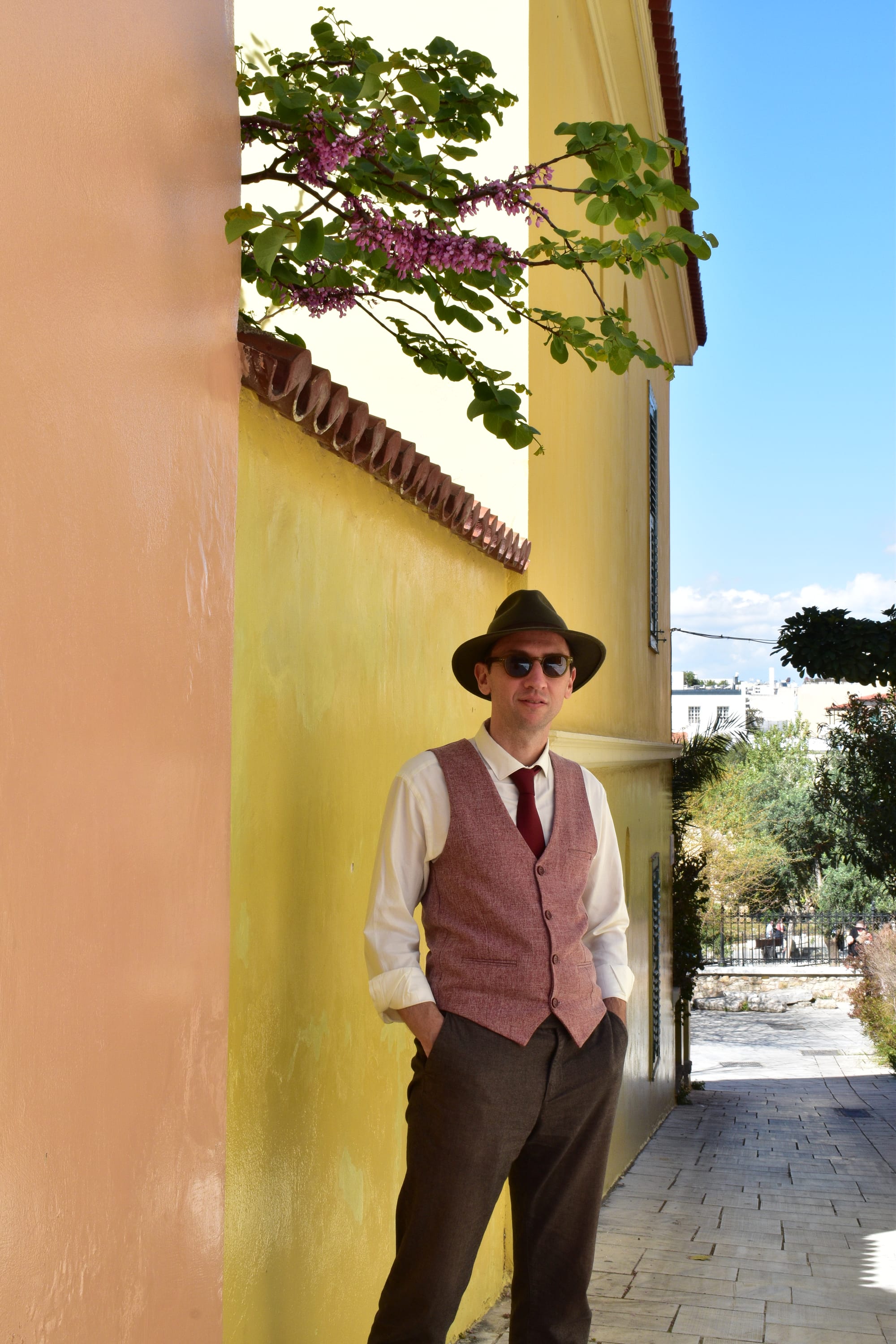
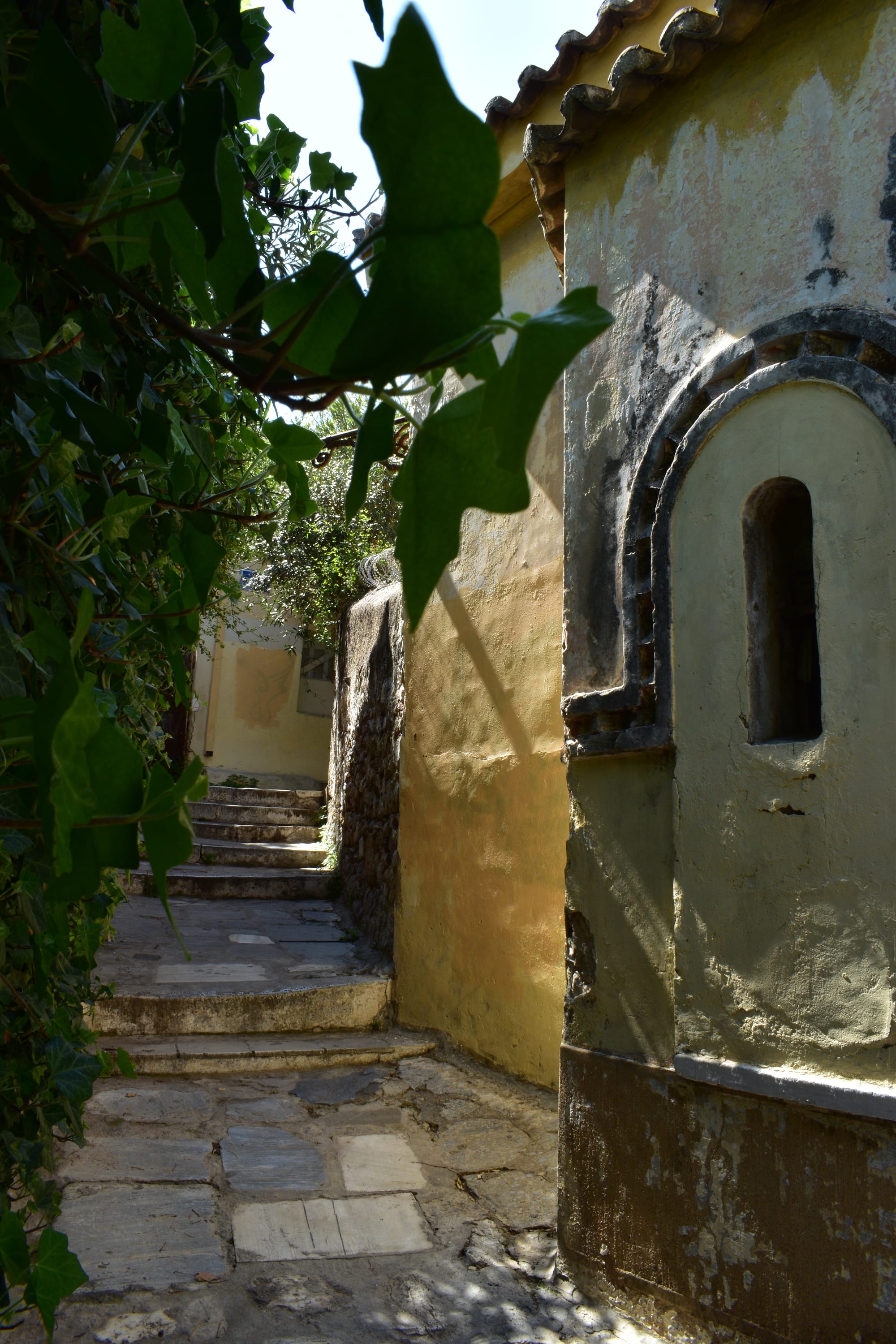
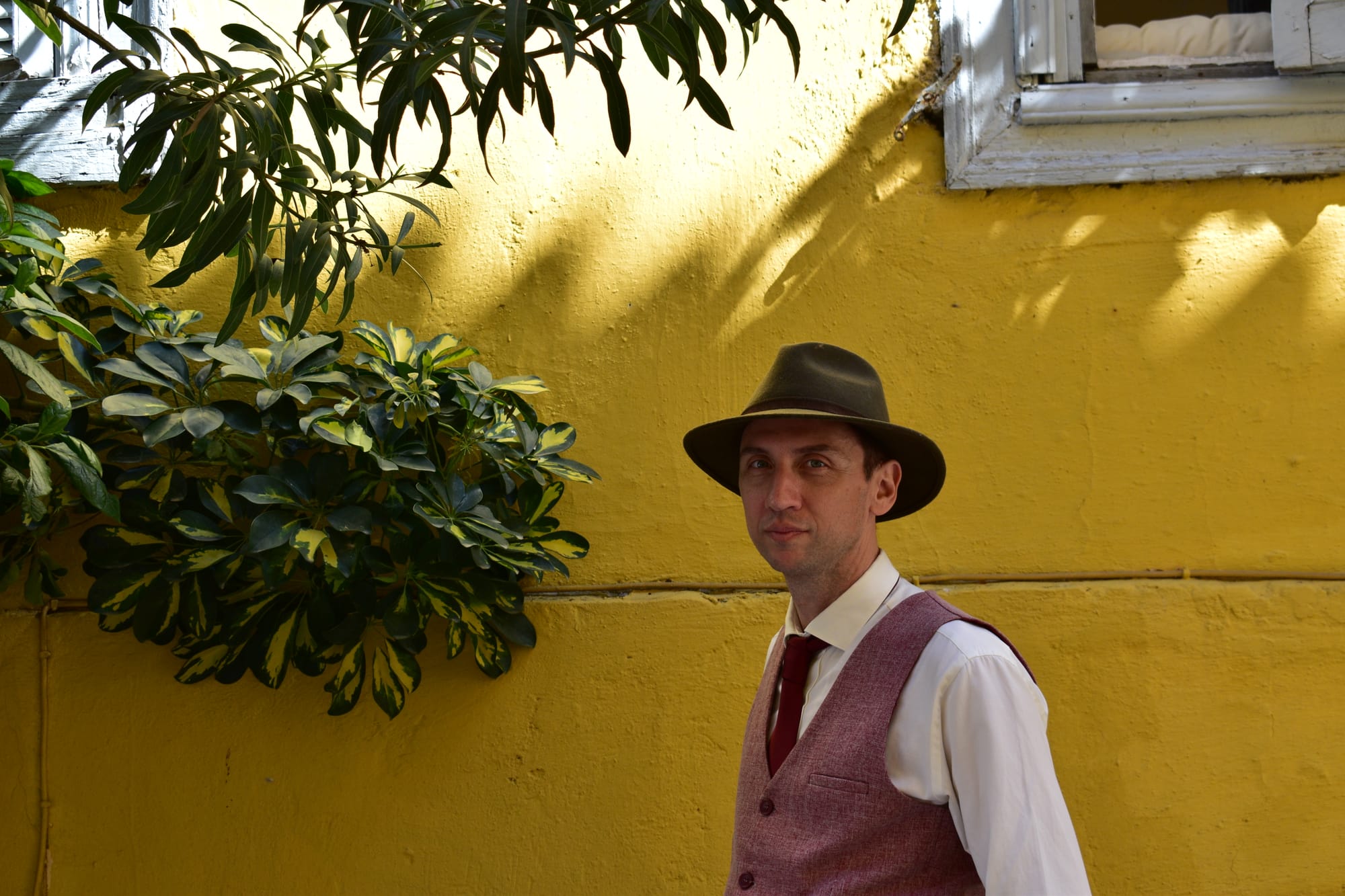
The air is filled with the scent of blooming jasmine and the distant echo of traditional music drifting from tucked-away tavernas. While bustling with visitors near the main thoroughfares, Plaka reveals its true soul in the quieter backstreets—where faded doorways, sunlit courtyards, and lazy cats perched on marble steps evoke an era long gone. To wander Plaka is not just to explore a neighborhood, but to step into a living museum where ancient and modern Athens coexist in poetic harmony.
Name Origin
The origin of the name “Plaka” is a subject of historical curiosity and linguistic debate. One widely accepted theory traces it to the Albanian word “plak”, meaning “old man” or simply “old”, a nod to the area’s ancient roots and long-standing settlement. This interpretation reflects the neighborhood’s reputation as the “old quarter” of Athens, inhabited continuously for millennia.
Another compelling explanation connects the name to the Greek word “πλάκα” (plaka), meaning “slab” or “plaque.” This could refer to a large marble slab discovered in the area during earlier times—possibly part of a Roman or Byzantine monument. Over time, the name may have naturally become associated with the surrounding district.
Whether born from language, legend, or archaeology, the name “Plaka” beautifully captures the layers of time, memory, and culture embedded in the stones beneath one’s feet.
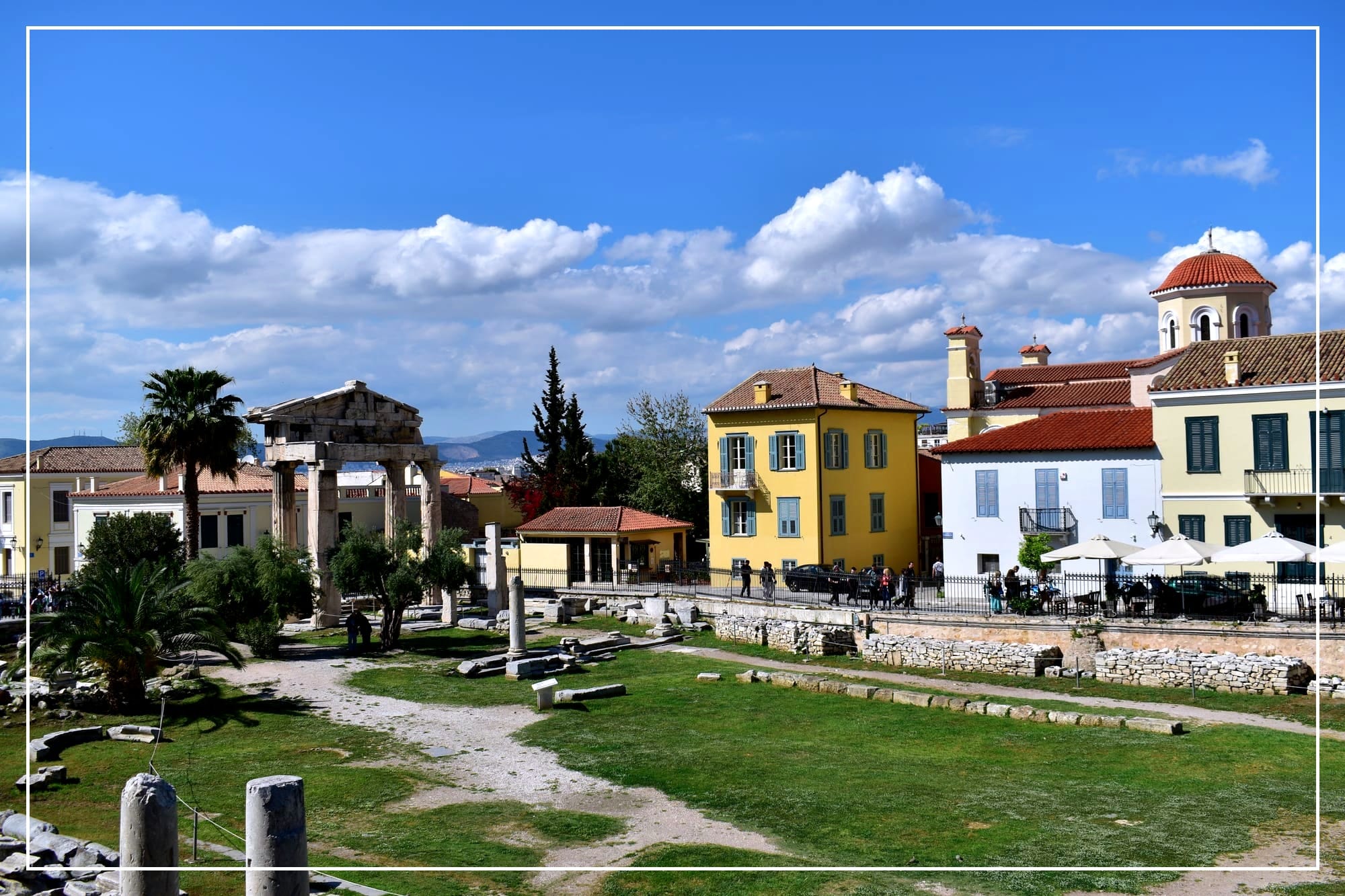
A Tapestry of Civilizations
Plaka’s history stretches back thousands of years, making it not only the oldest neighborhood in Athens but also one of the most continuously inhabited areas in the world. Built upon the ruins of ancient classical Athens, Plaka has seen the rise and fall of empires, serving as a cultural and civic heart of the city from antiquity to the present day.
Antiquity: The Birth of a City
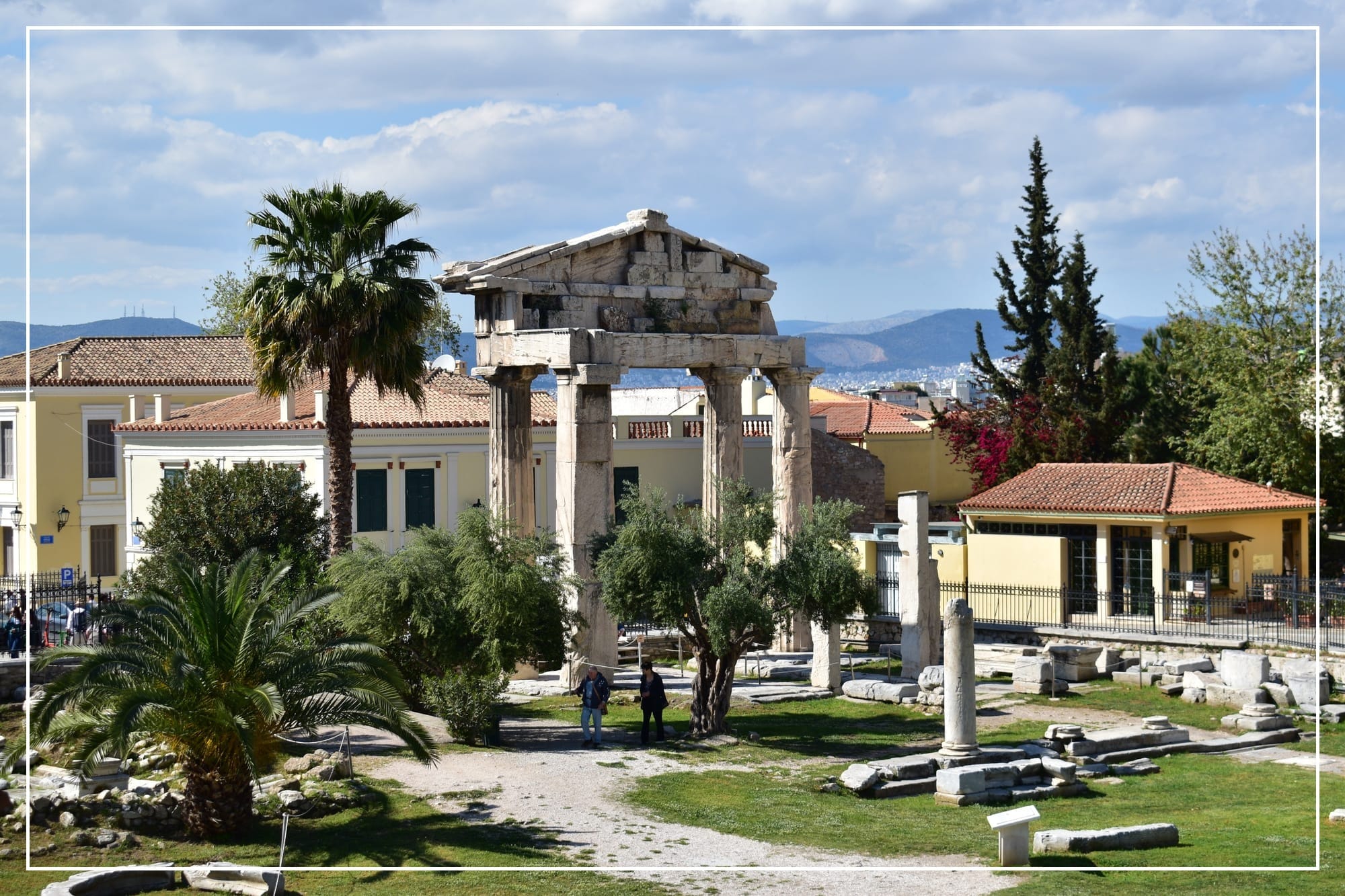
In ancient times, the area that is now Plaka lay within the boundaries of Athens' urban core, nestled beneath the protective gaze of the Acropolis. It was part of the Agora district, the center of public life, where citizens gathered to discuss politics, philosophy, and daily affairs. Temples, civic buildings, and private homes once lined its paths, many of which have left their imprint beneath the modern streets.
Roman and Byzantine Eras
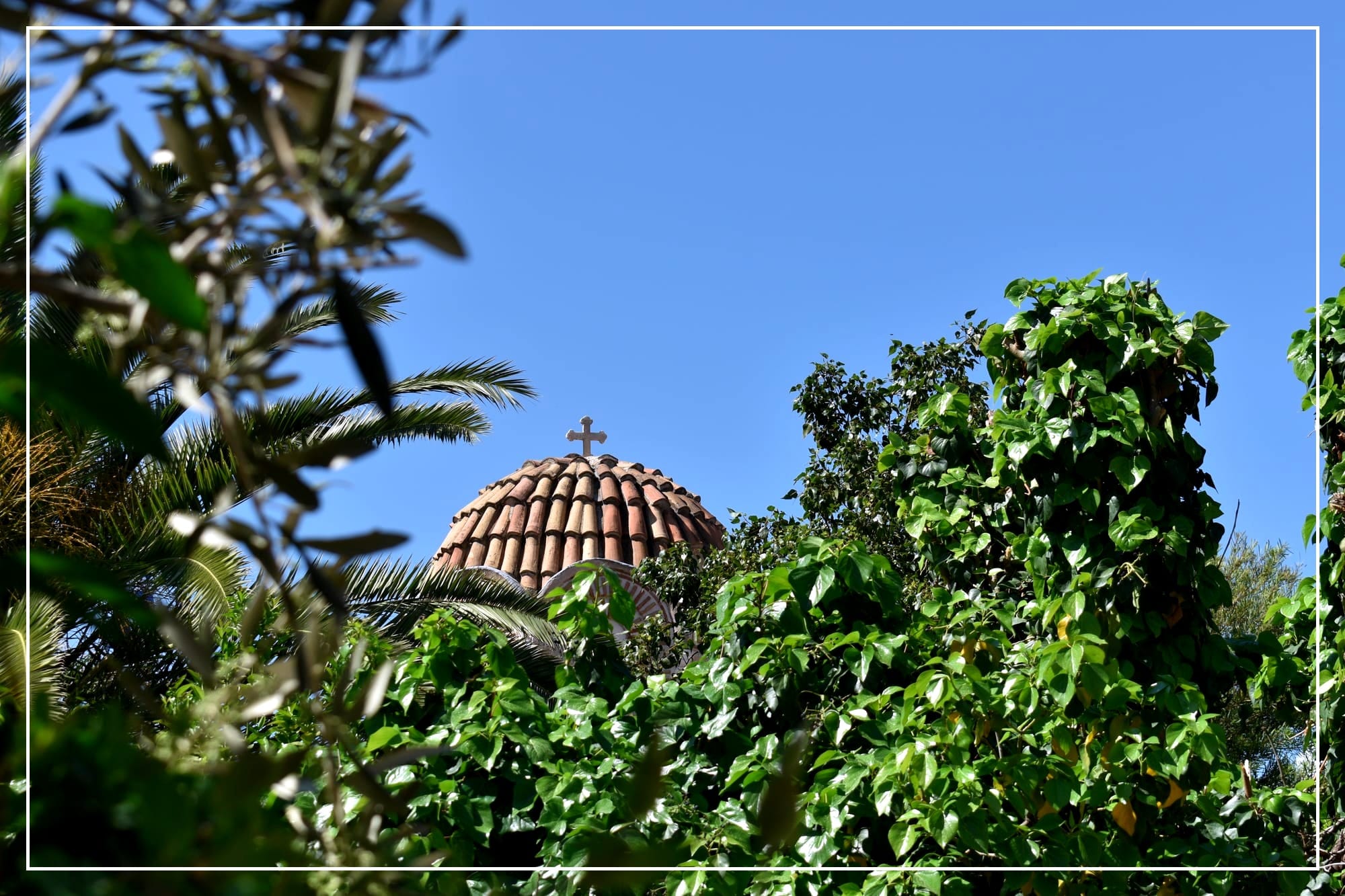
During the Roman occupation, Plaka remained an active and prosperous quarter. The construction of landmarks like the Roman Agora and the Tower of the Winds reflected the blending of Greek and Roman architectural styles. In the Byzantine era, the area adapted once again, becoming a hub for religious life, evidenced by the many small Byzantine churches that still stand today—quiet sanctuaries hidden among narrow lanes.
Under Ottoman rule (1458–1821), Plaka transformed into a multicultural district, home to Greeks, Turks, Albanians, and Jews. The neighborhood flourished with traditional houses, fountains, hammams (baths), and small shops. Despite periods of hardship, Plaka maintained a rich blend of Eastern and Western influences, many of which are still visible in its architectural details.
Byzantine Whispers & Ottoman Echoes
As Athens transitioned into the Byzantine and later Ottoman periods, Plaka remained a living canvas. Tiny Byzantine chapels tucked between bougainvillea-covered alleyways offer quiet, spiritual moments to frame. During Ottoman rule, Plaka evolved into a multicultural enclave—home to Greeks, Turks, Albanians, and Jews—resulting in a unique aesthetic blend: tiled roofs, arched doorways, and decorative fountains waiting to be rediscovered through our lens.
19th Century: Neoclassical Revival
Following Greek independence in 1830, Plaka entered a new chapter. It became a favored neighborhood for the burgeoning Athenian elite and intellectuals, who built elegant neoclassical mansions that still define its appearance today. The district also became a cradle of arts and letters, hosting salons, literary gatherings, and some of the first folklore research in modern Greece.
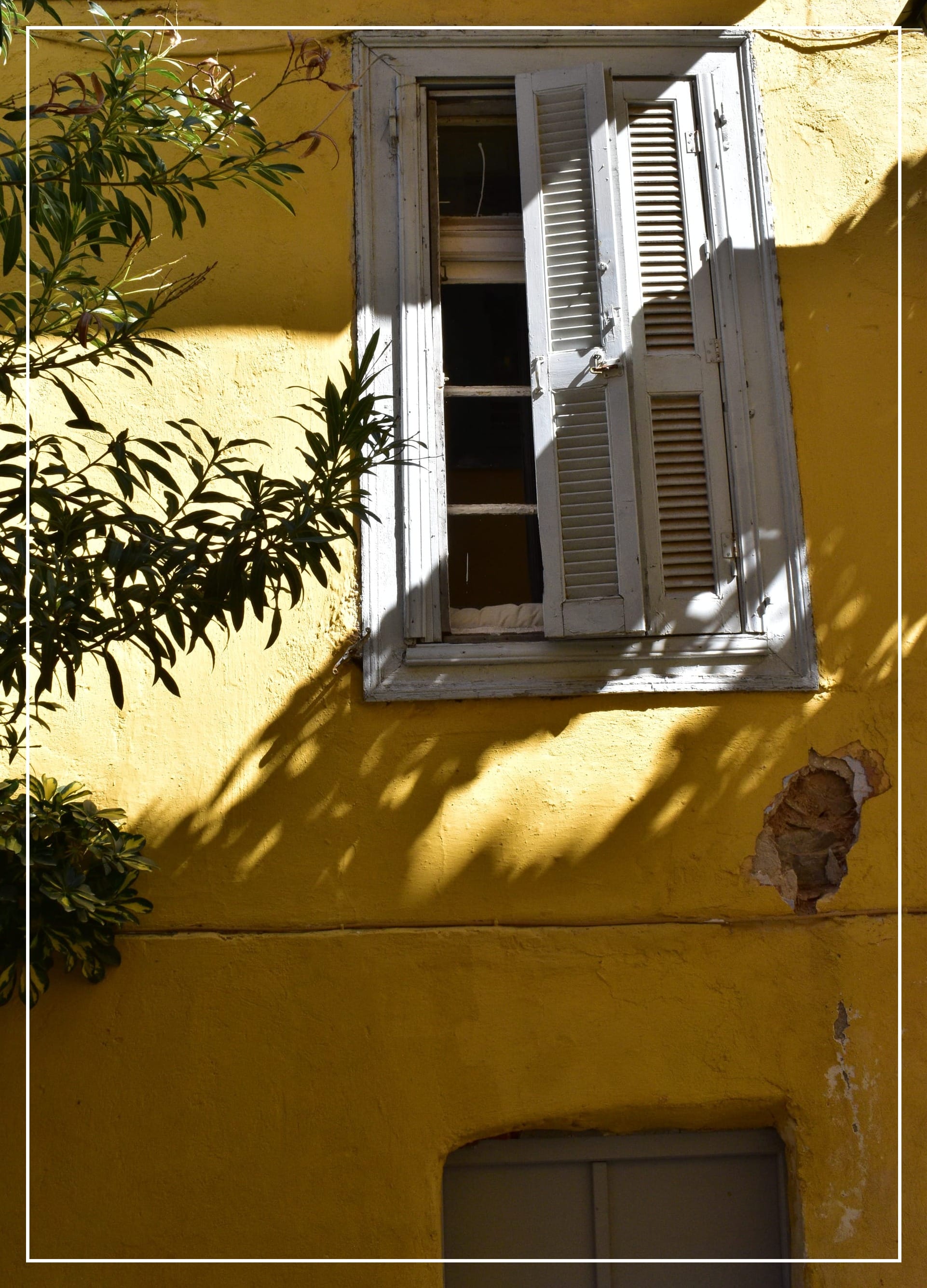
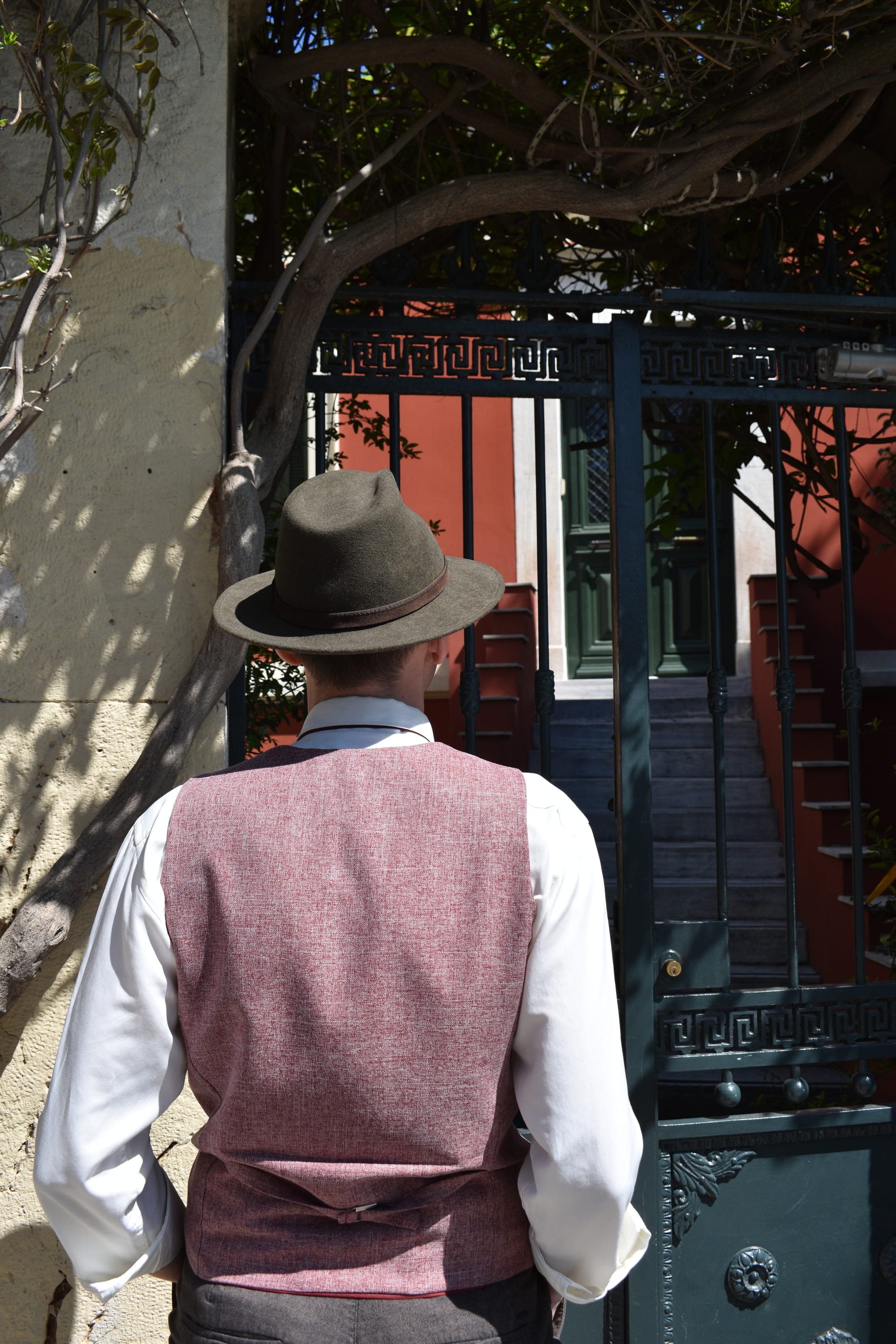
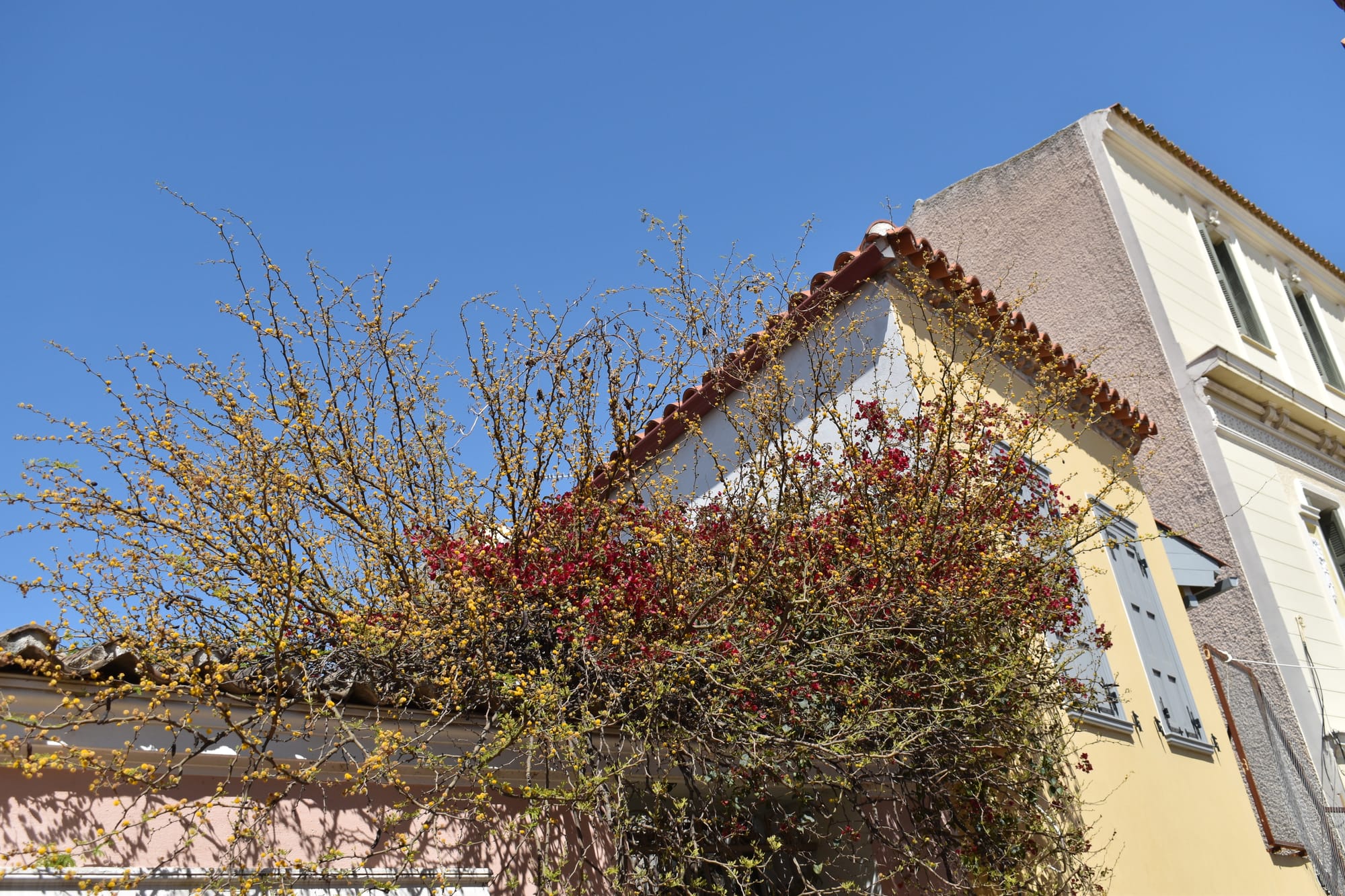
Today: A Living Monument
Today, Plaka stands as a living monument—a vibrant blend of history, tradition, and daily life. Its ancient roots and timeless ambiance continue to enchant visitors and locals alike. Beneath the Acropolis, Plaka remains a place where the past is not just remembered, but felt.
"Where Every Stone Tells a Story"
To walk through Plaka is to trace the footsteps of millennia. As the oldest neighborhood in Athens, it is a place where time folds into itself—a dreamscape of eras layered one atop the other. For me, Plaka offers not just beautiful imagery, but a deep connection to the stories behind the scenes.
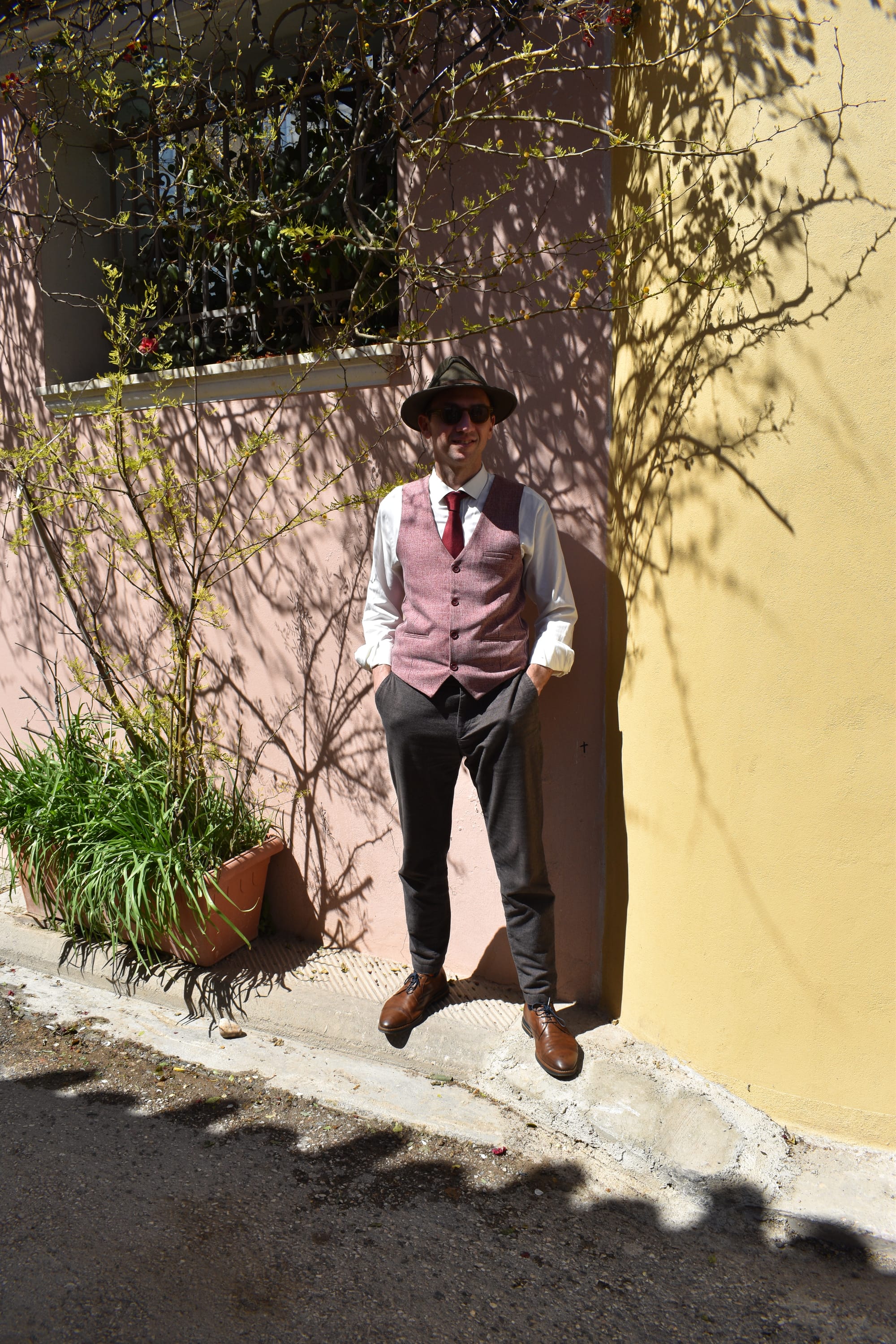

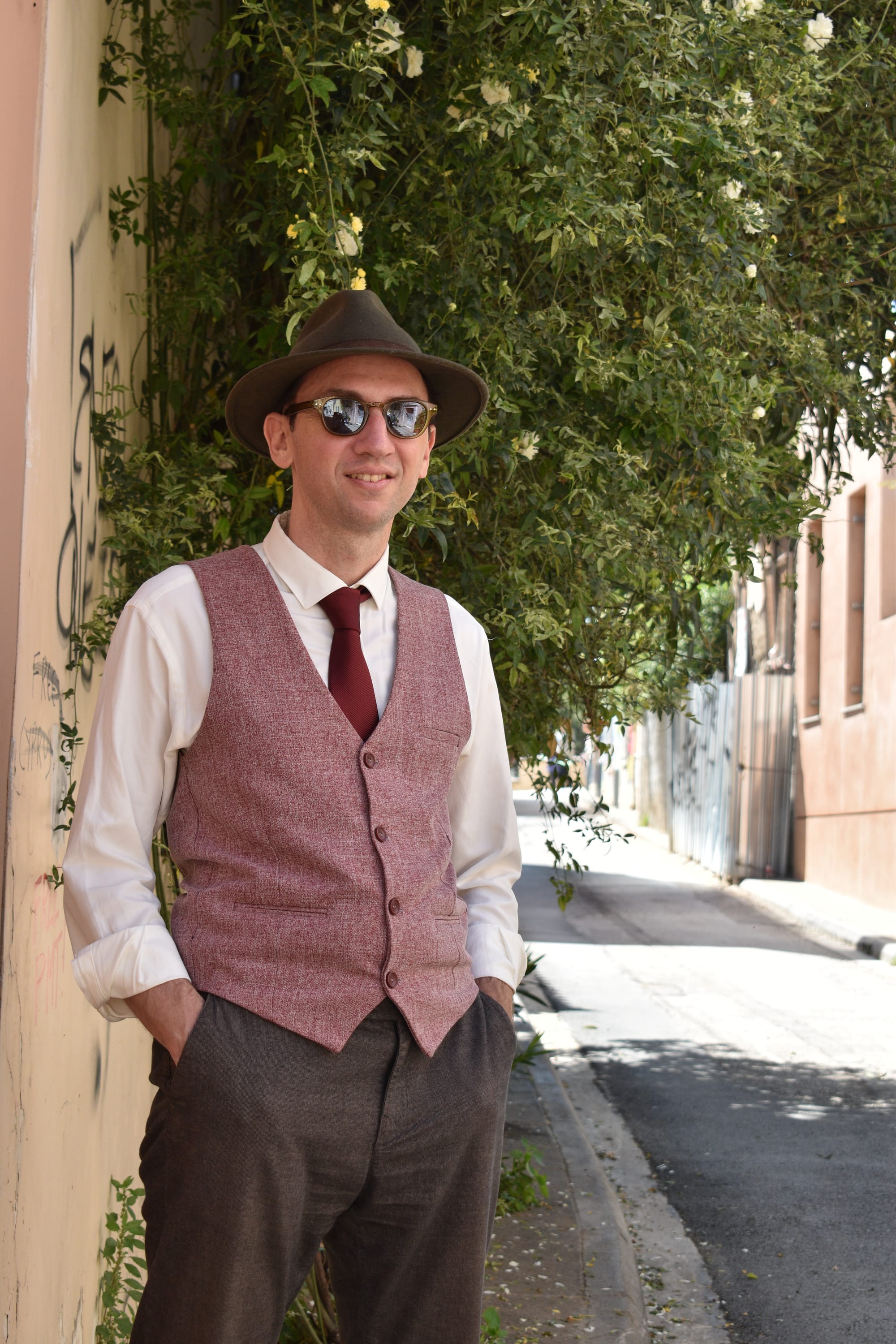
Neoclassical Elegance Reimagined
In the 19th century, following Greek independence, Plaka was reborn as a hub of Athenian sophistication. Influenced by the ideals of classical beauty, locals began building neoclassical mansions with colorful facades, ornate balconies, and wide wooden shutters. These architectural gems now offer a pastel-hued backdrop for street photography, portraits, or moody shots bathed in golden hour light.
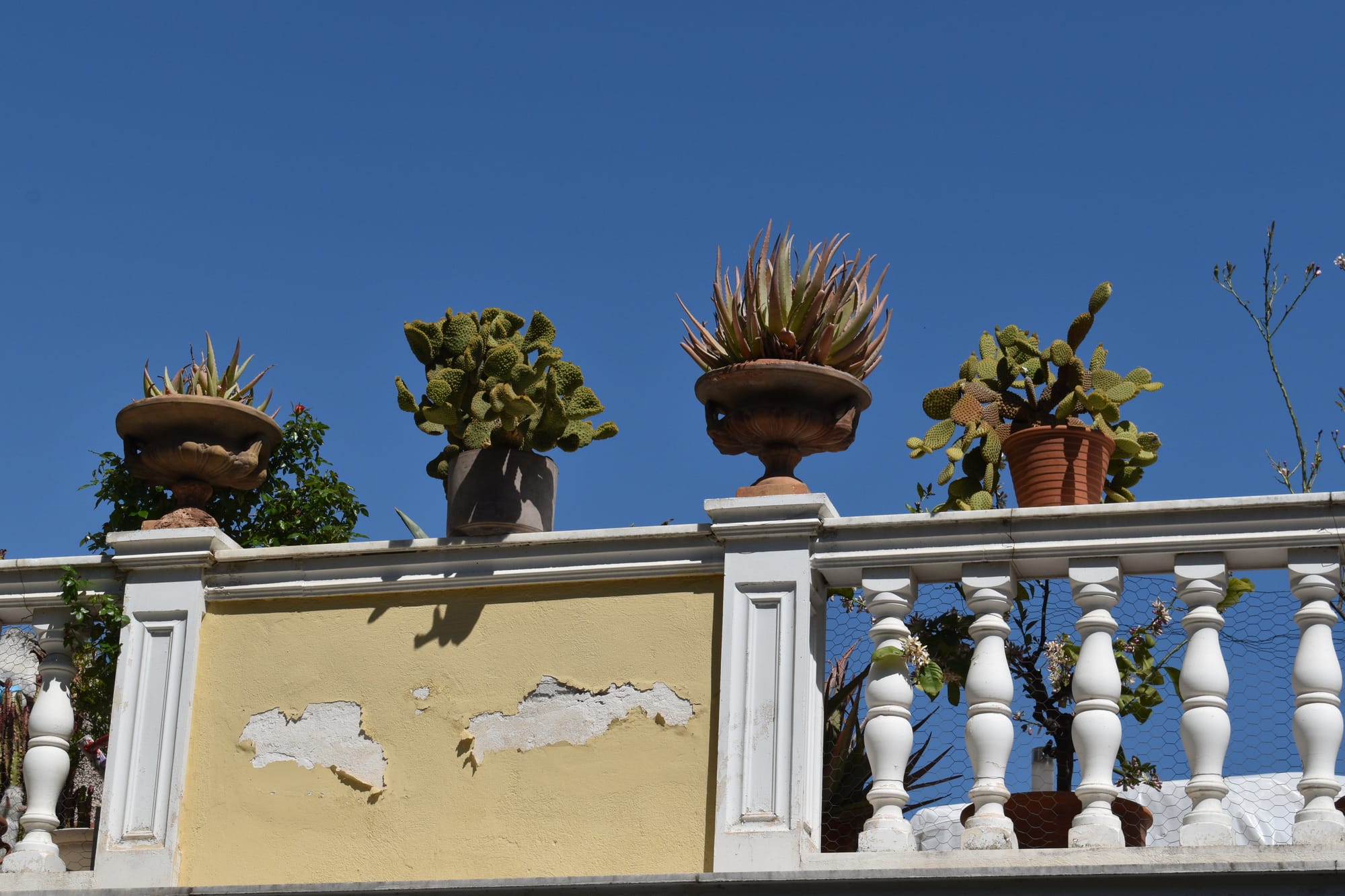
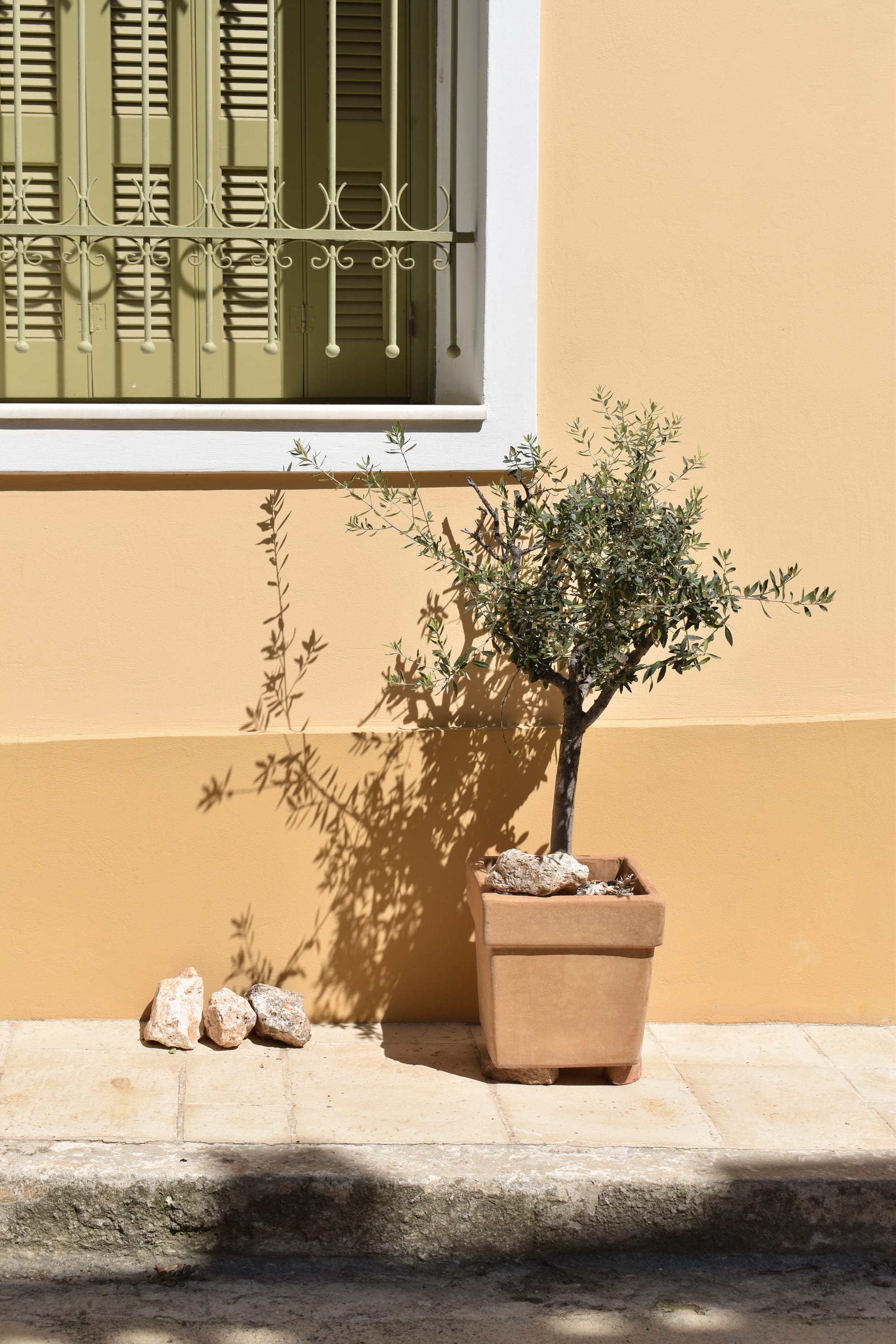
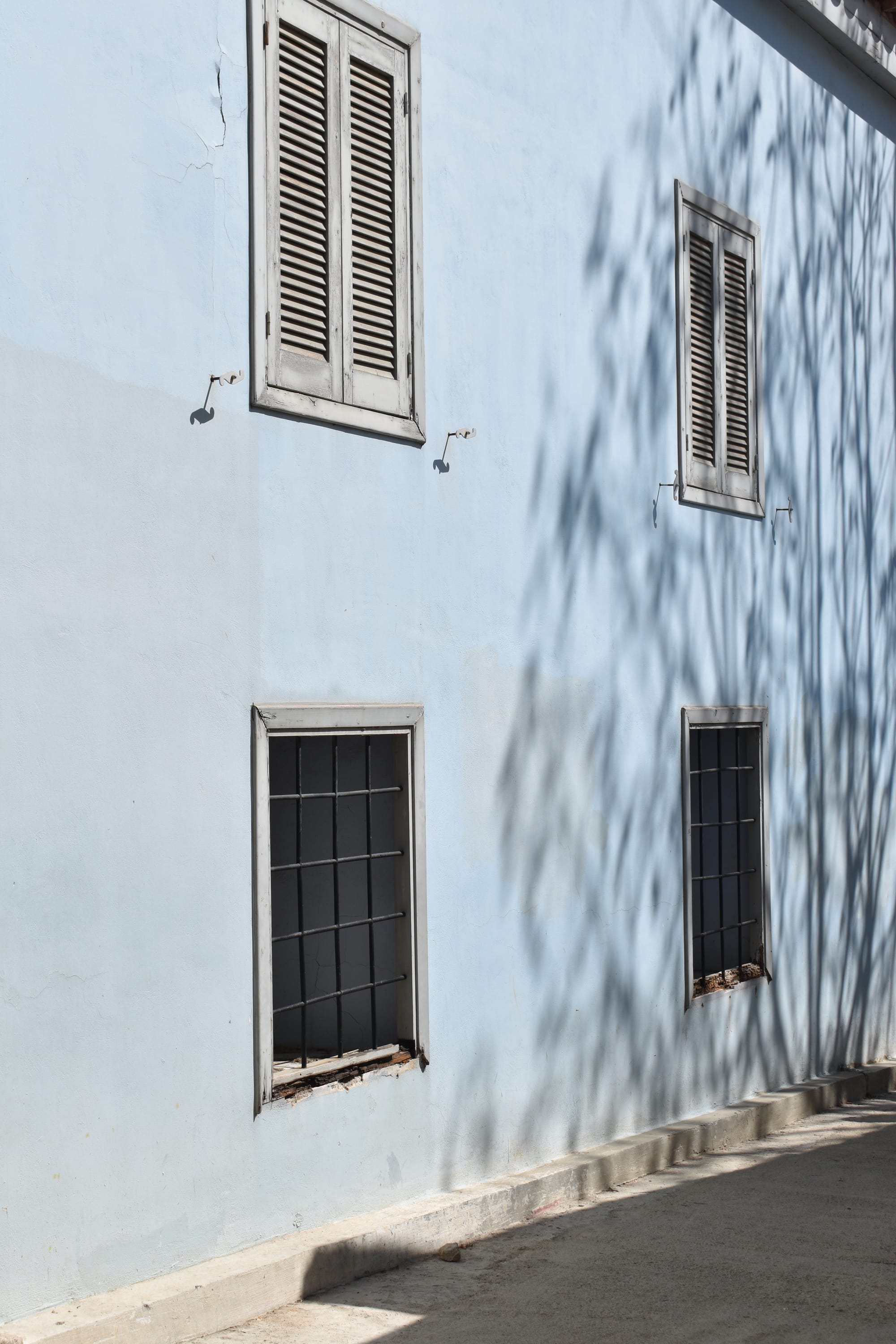
A Century of Transformation
The 20th century brought change—and challenge. Over-tourism and urban expansion threatened Plaka’s charm. But through preservation efforts starting in the 1970s, the neighborhood reclaimed its identity. Unlike other modernized parts of Athens, Plaka was protected, its soul left intact. Today, no large signs, fast food chains, or flashy buildings interrupt the scenery. It remains a place where history is not only preserved but seen, felt, and photographed.
Now: A Living, Breathing Time Capsule
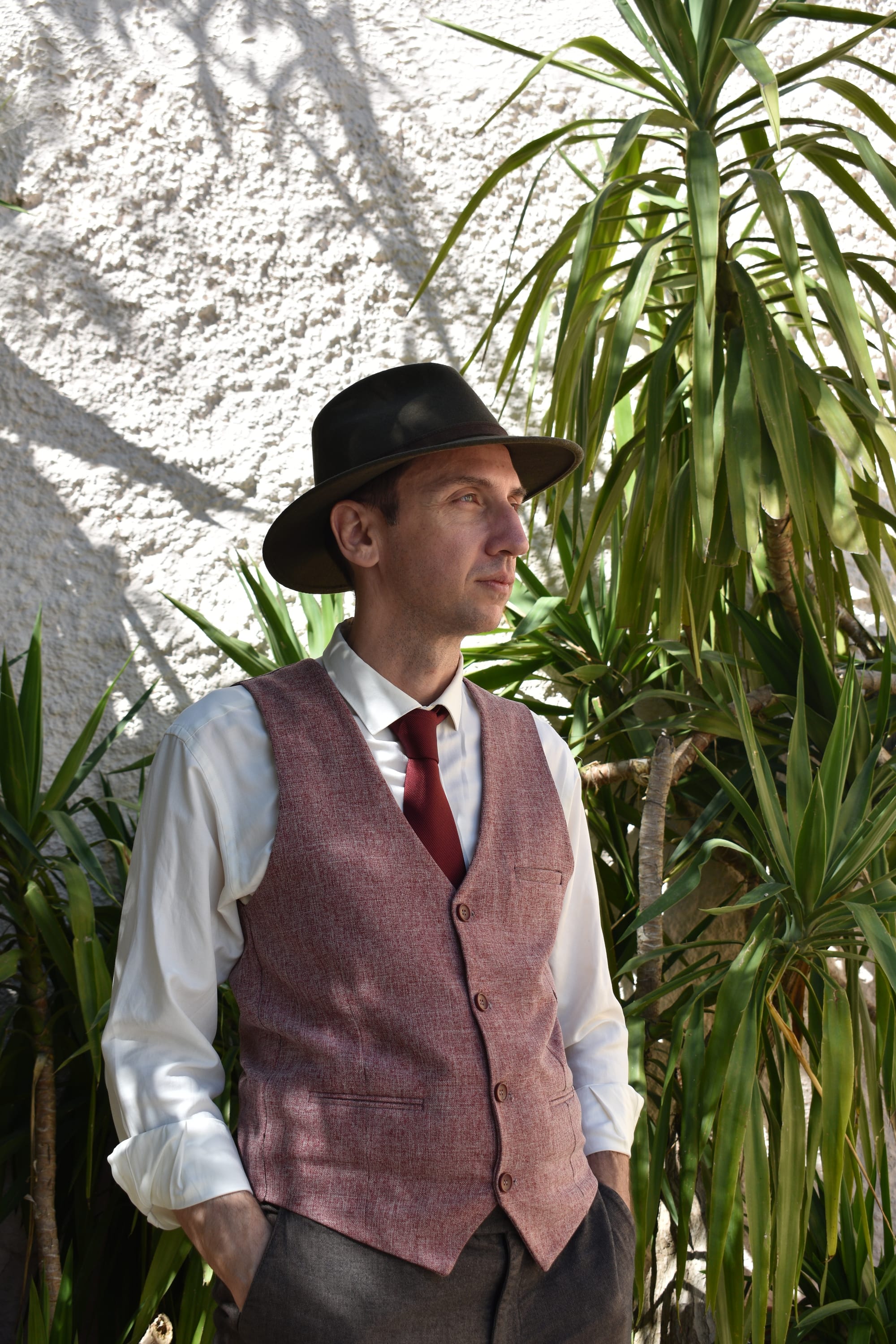
What makes Plaka so remarkable isn’t just its beauty—it’s the layered sense of time. Each corner, each crumbling stairway, each sun-washed wall is a portal. From the whitewashed houses of Anafiotika—reminiscent of the Cyclades—to the street musicians echoing old folk songs, Plaka offers endless opportunities for storytelling through images.
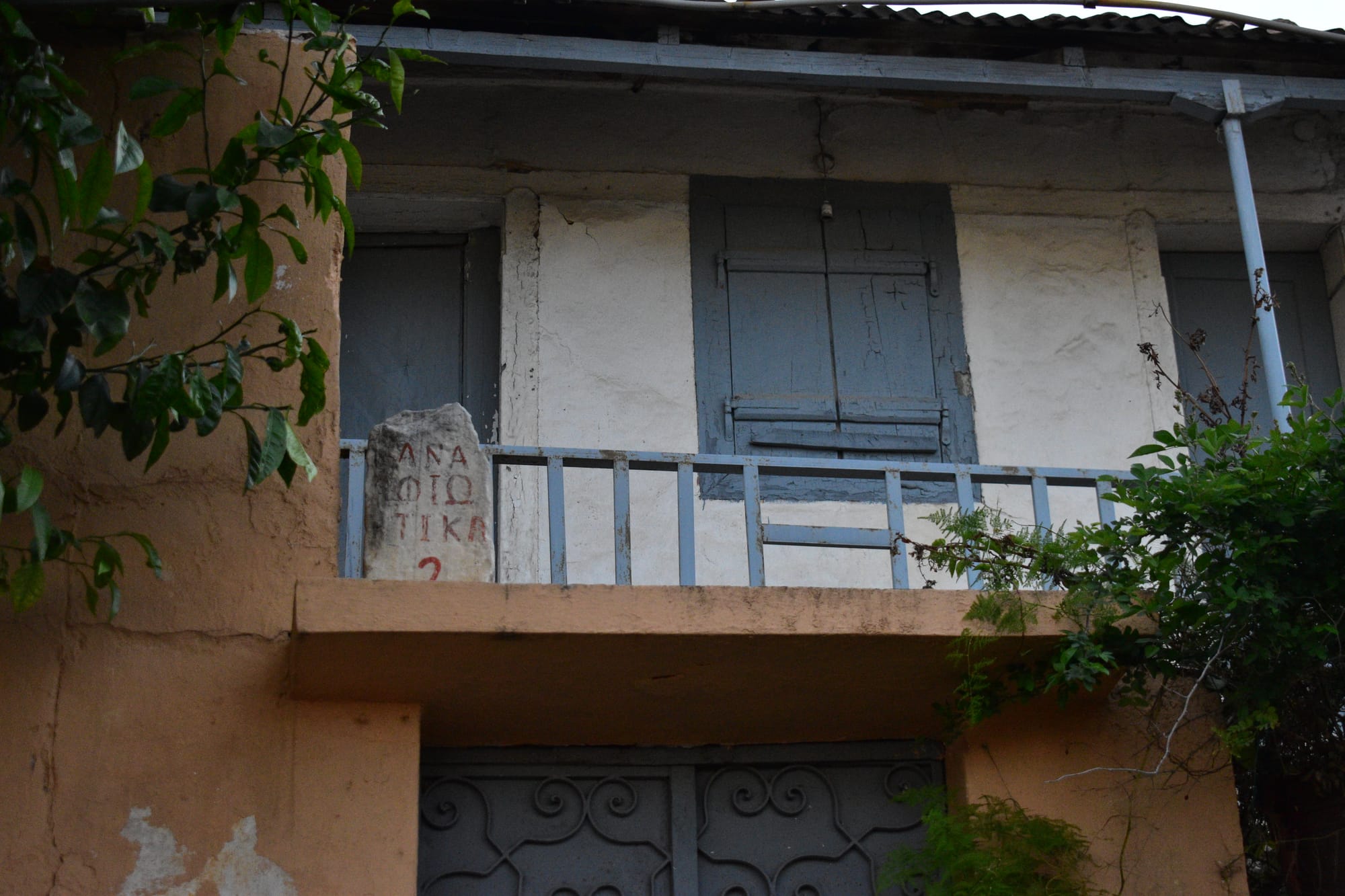
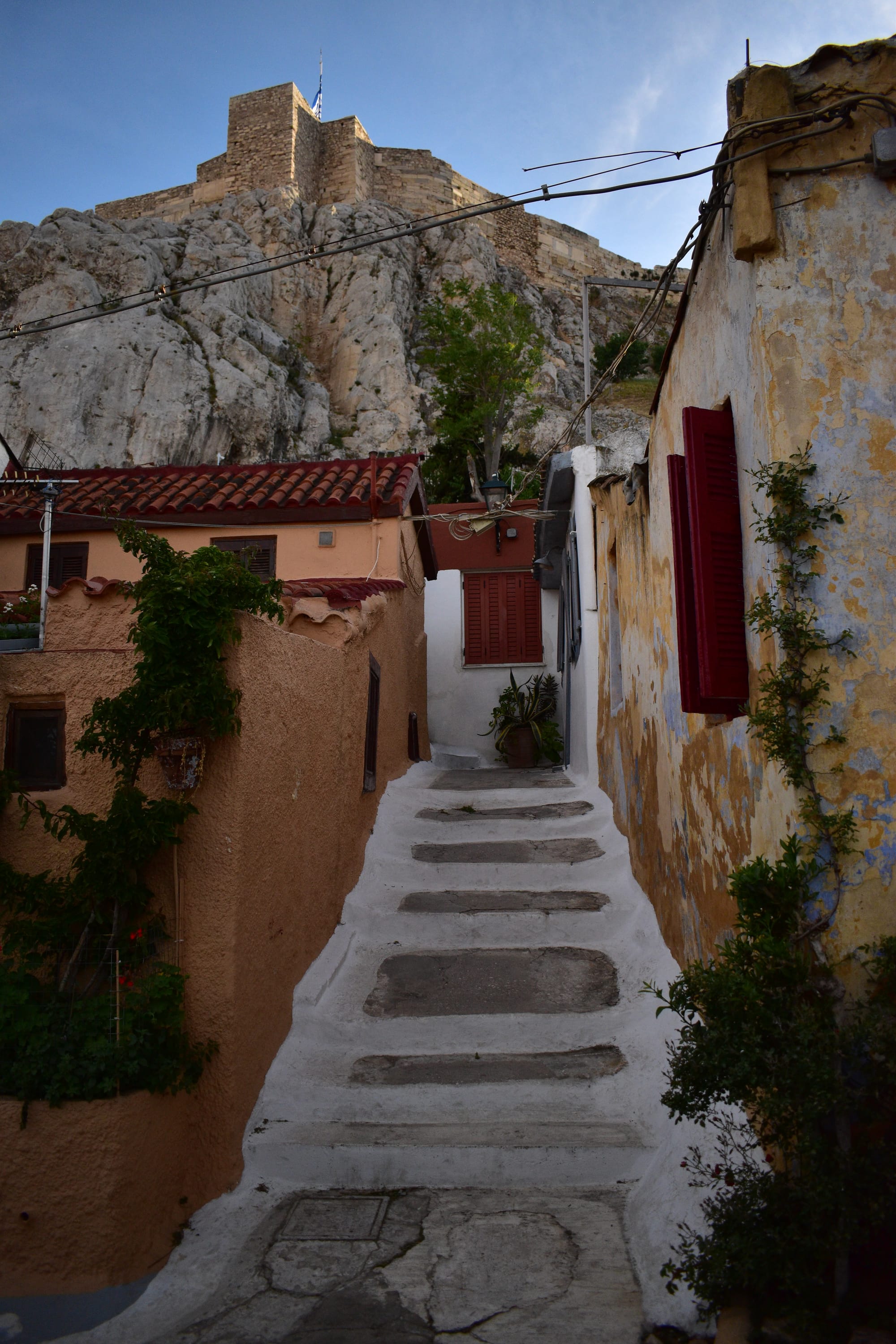
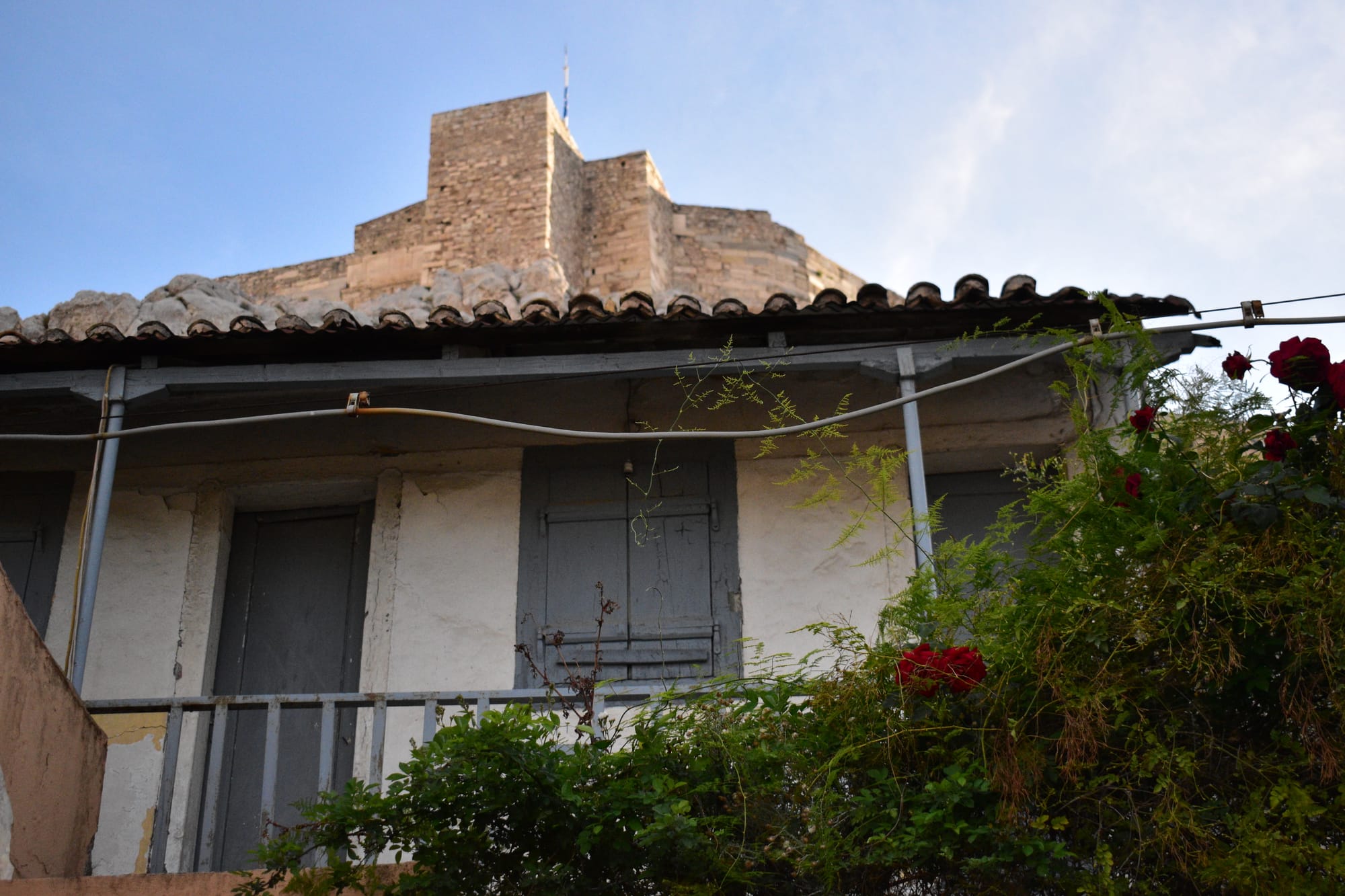
Plaka is more than a destination-it’s a muse- my motivation for photohraphy! A place frozen in time that inspires me to rewind the world through my lens. Timeless Charm of Photography in aVintage Perspective